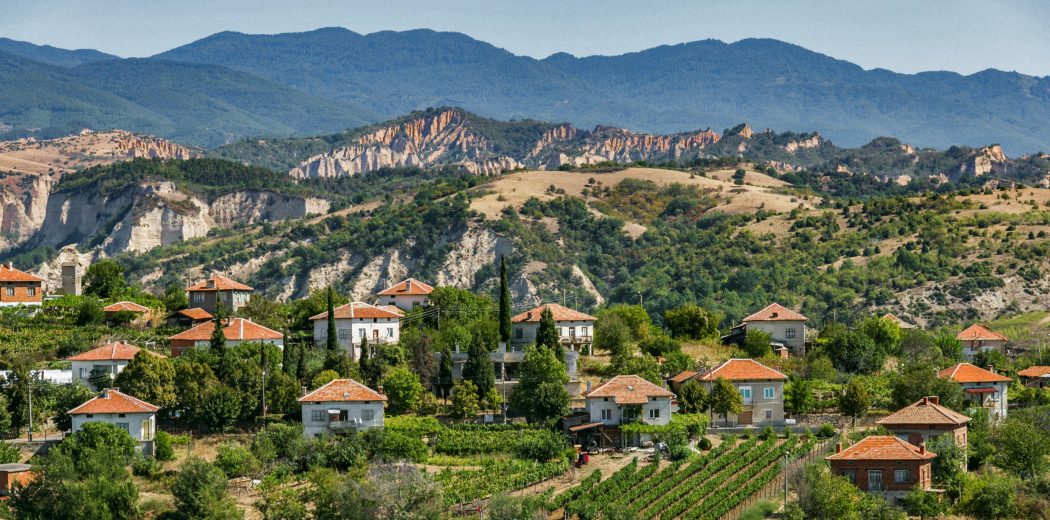Name the top wine producers in the world. Go on. It sounds easy: maybe America, France, Italy, with number four going to Australia or China? Bulgaria most likely wouldn’t even cross your mind, let alone make the list. However, the tiny Balkans country – it’s a quarter the size of California – was the second largest wine producer in the world in the 1980s.
The Story
The land of roses, yogurt and seaside and ski hotspots is also home to a thriving wine industry and a textured (and dramatic) background that should earn it a more prominent spot on the vino scene. For one, the country can claim status as the spot where the first vines were cultivated. And when, exactly, were we blessed with wine? Evidence suggests about 5,000 years ago. Back then, it was the stuff of the Thracians, a cult who worshipped booze-loving Greek god Dionysus and who gave wine the respect it deserved by considering it a drink that connected them to the gods. Plato even documented their life, writing: “Thracians drink wine completely undiluted, and believe they are engaging in a fine practice by pouring it over their clothes.”
Strong for centuries, Bulgarian wine peaked with the rise of communism in the East – one of its major markets – and suffered with the collapse of it. Suddenly, its presence in the market evaporated and a soured reputation lurked over its grave thanks to the mass production of cheap wine shipped to places like Russia.
Now, Bulgaria has entered a new age, shaking off the dust of the 1980s and emerging as an innovative area where wine doesn’t just flow through their barrels, but it also flows in their blood. Producers are getting creative with everything from raspberry wine to orange wine to organic wine with even blue winemaking an appearance.
The Wine
Good news friends, variety is the spice of life, and it also happens to be a keystone of Bulgarian wine. There are more than 40 indigenous grape varieties, with frontrunners including Mavrud, Rubin, Ruen, Gamza and Gergana, and familiar faces like Cabernet Sauvignon, Merlot, Syrah, Chardonnay and Sauvignon Blanc.
Not sure where to start? We don’t think you can go wrong with Mavrud. The dark-skinned grape, located primarily in the Thrace region, reigns supreme. It’s one of the oldest grapes and stems from a legend about a man of the same name who slew a lion terrorizing a city under the rule of Bulgarian Khan Krum. Though Khan Krum had issued a decree that all vineyards should be torn up, Mavrud’s mother said a grapevine had been the source of Mavrud’s bravery. Thus, the vineyards were replanted in his honor. It is inky in color but soft in taste. You can expect herbal, spicy notes and high tannins.
If you’re worried about red wine teeth, Misket Cherven (or Red Misket) is a white wine grape with pinkish flesh that is known for being high-quality and ushering in floral notes. However, there are many varieties, so don’t just grab a bottle and expect it to be the same the next time. Also consider Dimyat, which has taken root primarily along the Black Sea coast and is often found as a dry white.
Fun fact: Winston Churchill was apparently such a fan, he regularly ordered Bulgarian wine by the barrel. Now you have plenty to talk about at your next wine and cheese party!


